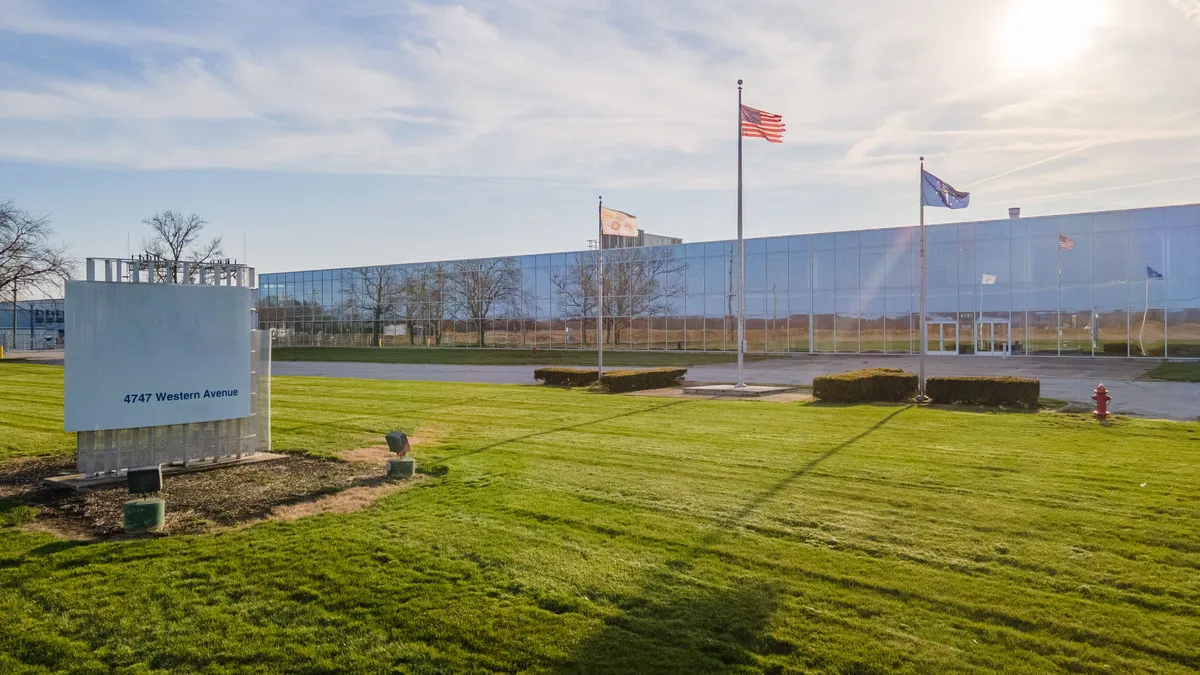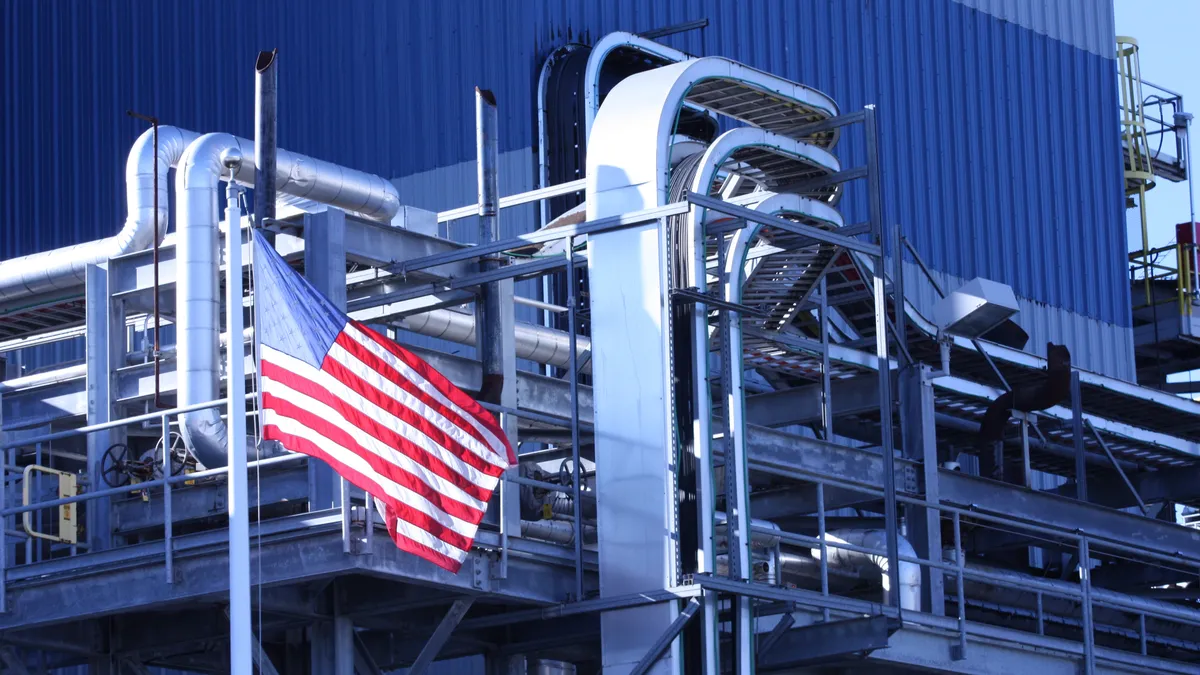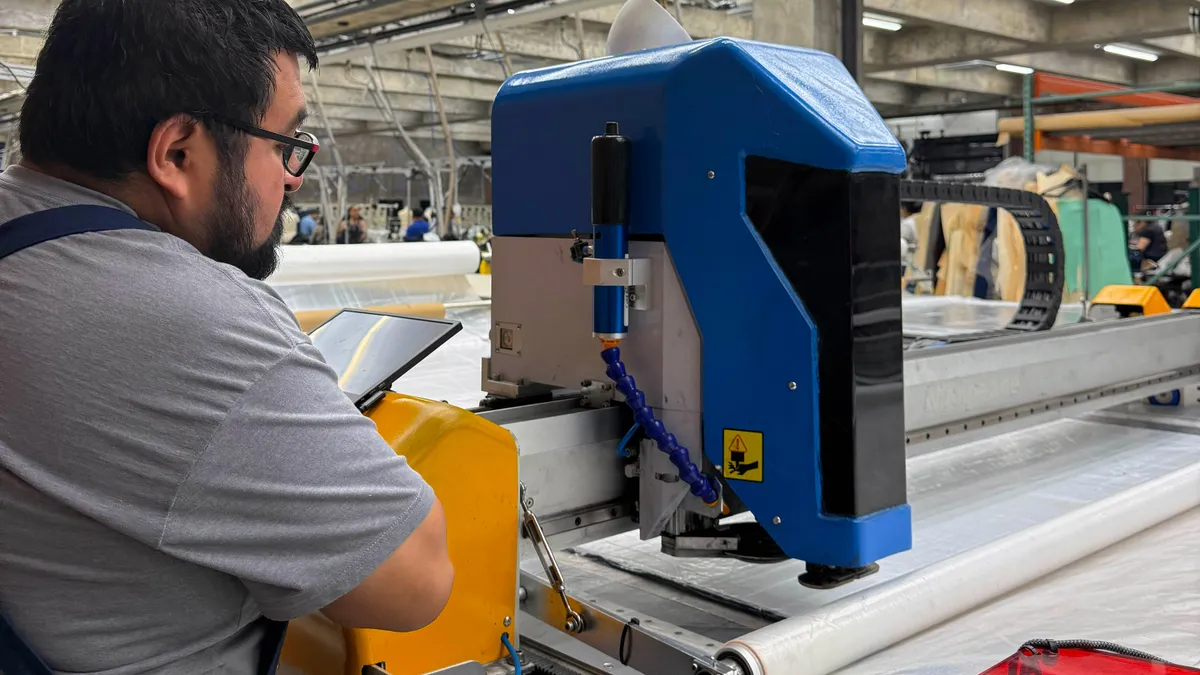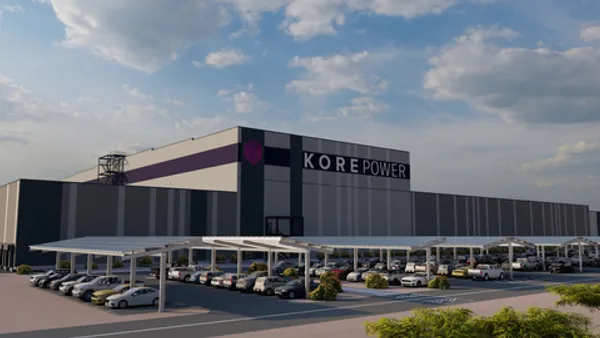Dive Brief:
- Canadian plastic company Nova Chemicals is developing its first plant to produce mechanically recycled polyethylene. Packaging producer Novolex will operate the Connersville, Indiana, facility.
- The facility will process postconsumer low-density films to make Nova’s Syndigo brand of recycled polyethylene pellets at commercial scale. Novolex will supply most of the feedstock through its relationships with retail and distribution centers, which are often film drop-off or collection points, and through Novolex’s own film recycling program, according to Alan Schrob, Nova Chemicals’ director of mechanical recycling.
- The first processing line is expected to open in early 2025. Nova estimates the plant will deliver 100 million pounds of rPE annually once it reaches full capacity in 2026.
Dive Insight:
More companies are investing in commercial programs to collect and recycle film, a material rarely accepted in curbside programs. This spring, Closed Loop Partners received a $10 million investment for projects to recycle polypropylene and polyethylene, including films. Last year, WM and Dow partnered on a curbside film recycling pilot program in a Chicago suburb; WM anticipated this program eventually could provide feedstock for Natura PCR, the entity resulting from its acquisition of a controlling stake in Avangard Innovative.
Nova’s new plant will occupy 450,000 square feet of an existing 1.7 million-square-foot building that was previously used to manufacture auto parts and cabinets. It will be retrofitted to accommodate the recycling operation, and about 125 people will be hired to work there.
It is strategically located for rail access and ease of sourcing feedstocks. The site is about halfway between Indianapolis and Cincinnati and can draw material from five major metropolitan areas in Illinois, Indiana, Kentucky and Ohio, considering “the biggest sources of plastic are going to be coming from where there’s large populations,” Schrob said.
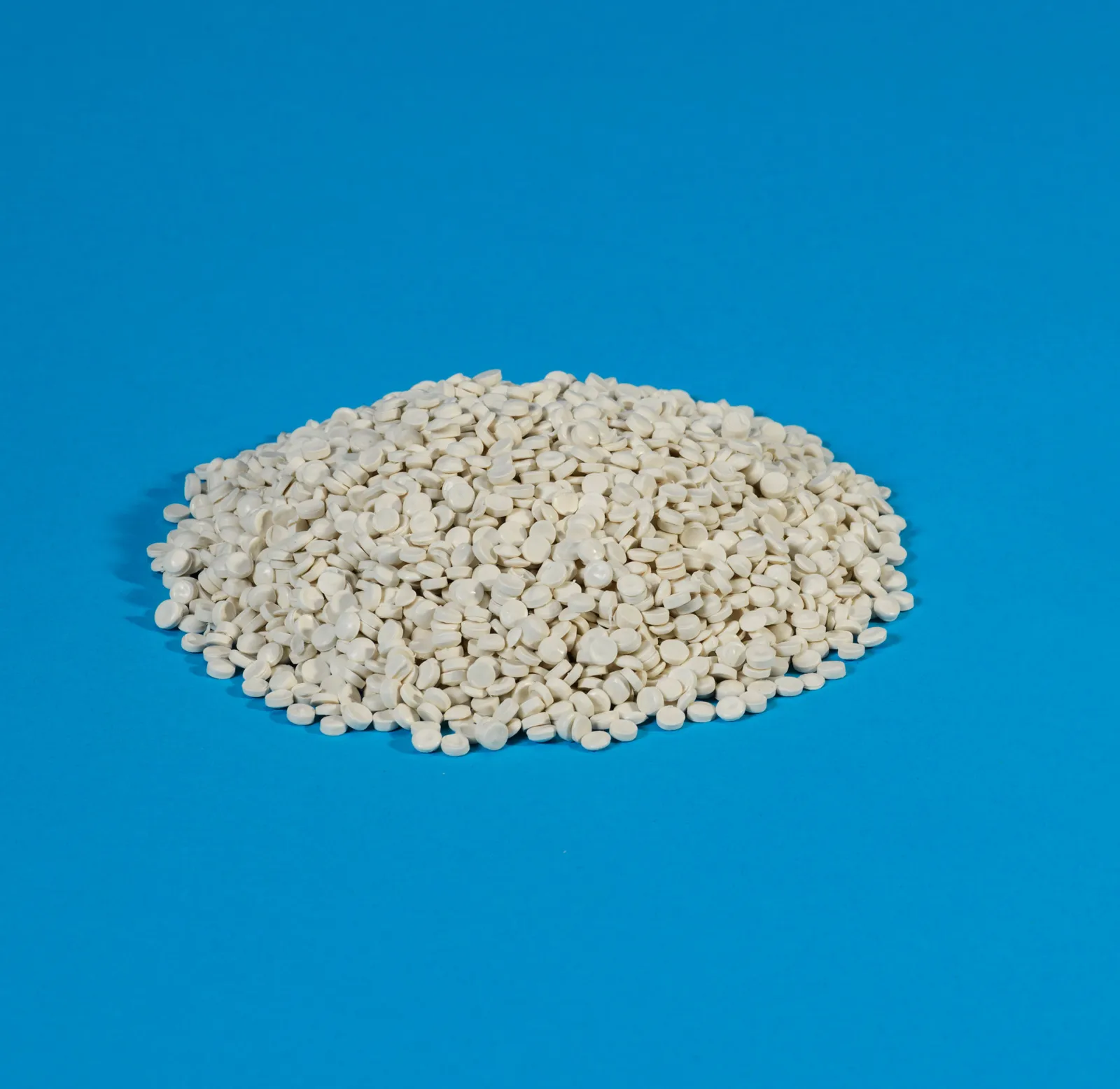
The collected film will be washed, chopped, remelted and formed into pellets. The material can be used for both industrial and consumer end products including shrink wrap, e-commerce packaging and food packaging.
A lot of the material will be sourced from “front-of-store” drop-off sites at grocery or other retail stores. But plenty of it also will be “back-of-store” film, which is the “cleanest source of material to use in more complicated, more stringent applications” such as food packaging, Schrob explained.
The U.S. Food and Drug Administration does not specifically approve PCR use in food-grade packaging; however, it issues letters of non-objection to producers that submit applications for operations shown to be in accordance with the FDA’s PCR guidance for industry. Nova intends to secure a letter of non-objection for Syndigo produced at the Indiana plant.
“A [letter of non-objection] is really just the start; you also have to have a chain of custody of the materials so you know that the material going through your mechanical recycling plant was originally used in food packaging applications — it has to go from food to food,” Schrob said. “We’ll impart not only the technology to ensure that we're cleaning the material to be able to be used in those food packaging applications, but also ensuring the chain of custody for end-to-end assurance.”
While food packaging is not the only end market for the material, it is an important one because significant demand exists from brands and retailers that have committed to incorporating recycled content in their food packaging, Schrob said. The rPE itself can be recycled again “a number of times,” he added.
Nova aims to lead a “transition to circular plastics,” according to the road map to 2030 it released earlier this year. One of its targets is to achieve 30% recycled content as a share of total PE sales, which equates to 1.5 billion to 2 billion pounds of capacity, Schrob said.
“We're really at the beginning stages of an intense growth period to be able to fulfill that ambition,” Schrob said. The strategy to achieve these goals involves numerous approaches, including reducing the amount of plastic in packaging, incorporating recycled content, continuing relationships with recycling partners and building new facilities.
The Indiana plant is part of the company’s planned $2 billion to $4 billion in investments by 2030 for recycling, decarbonization and otherwise increasing sustainability. Nova likely will open other rPE plants in the future, Schrob confirmed, saying the Indiana plant is the “first step towards our 2030 strategy.”



